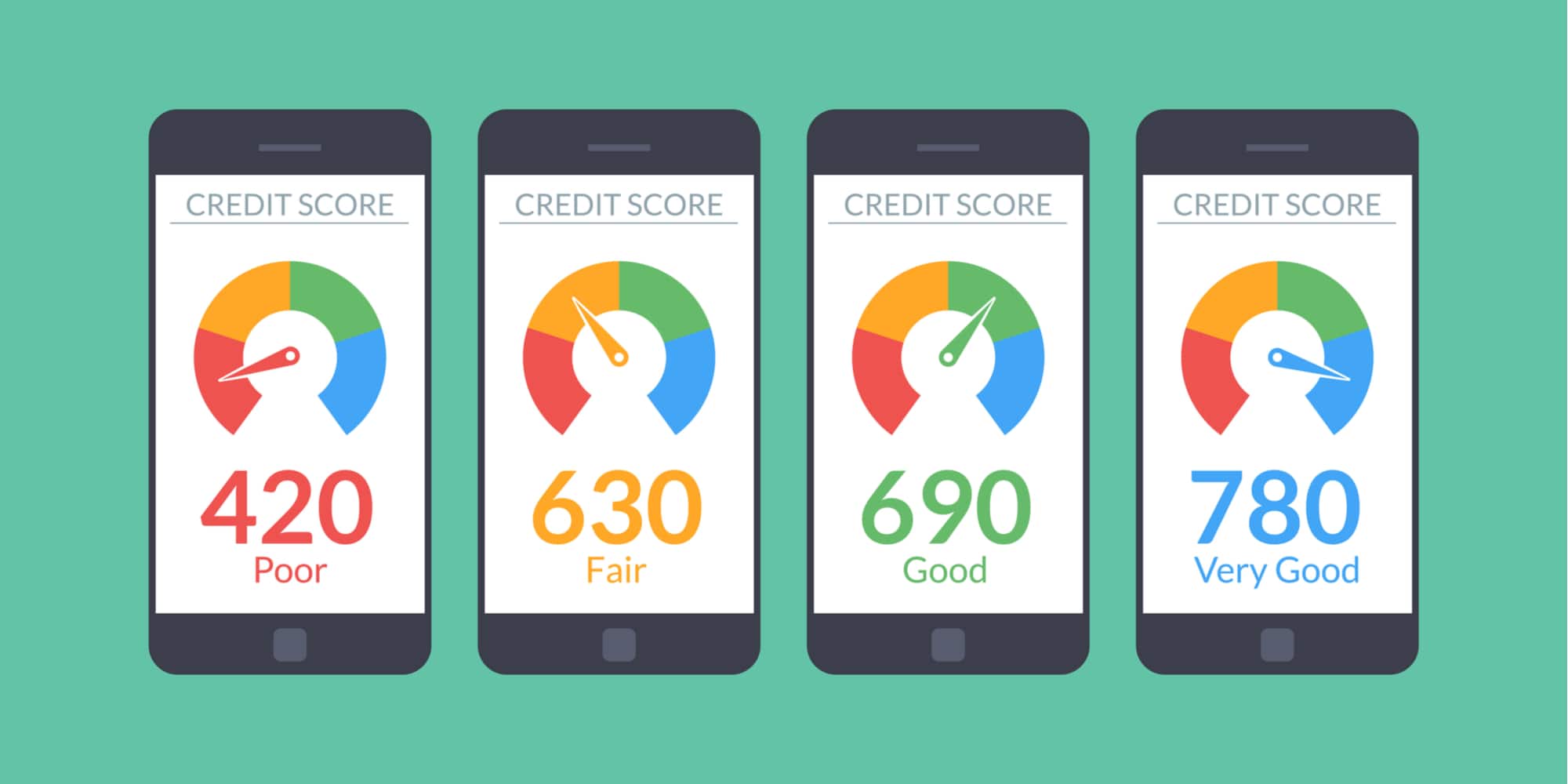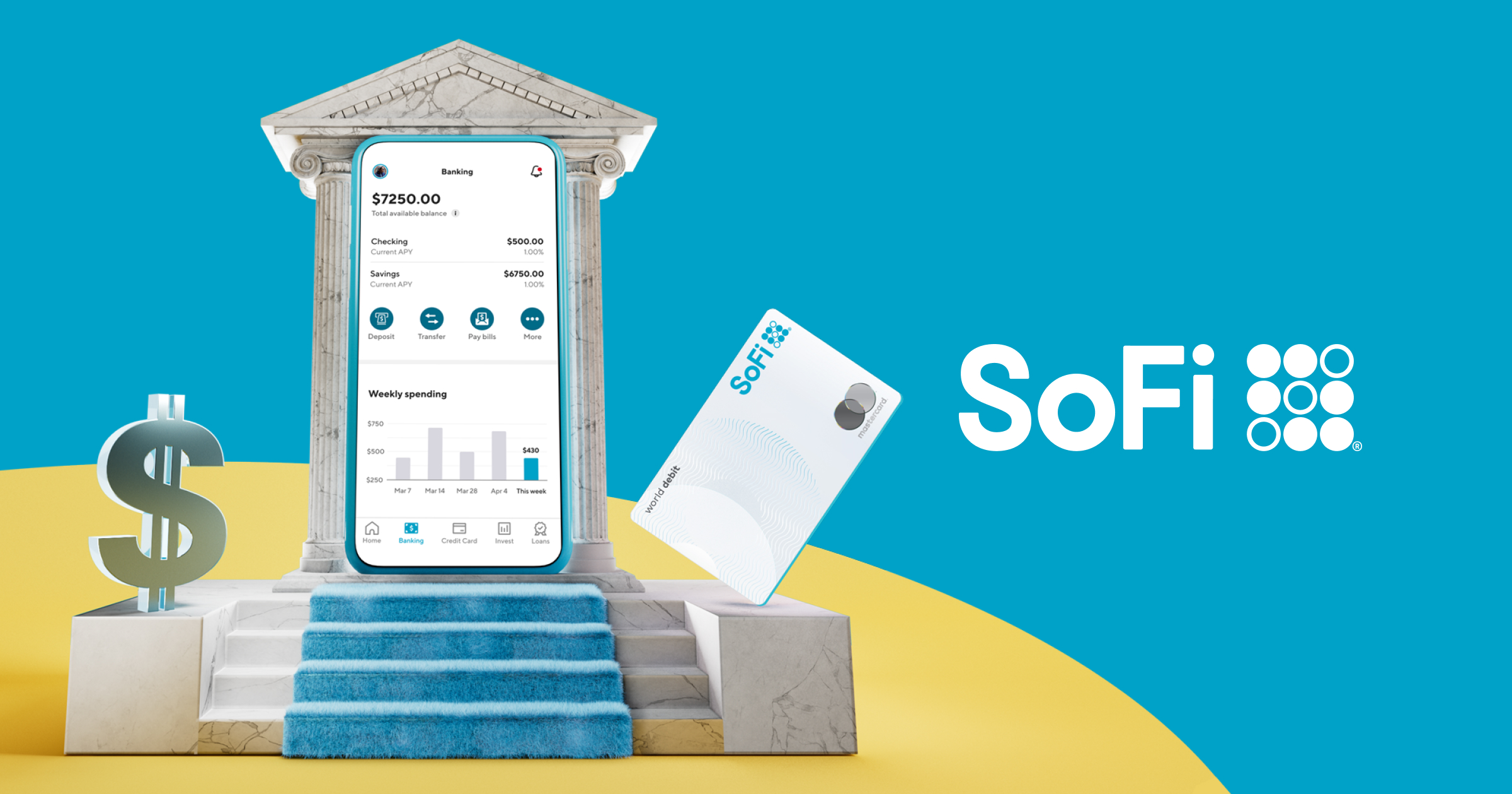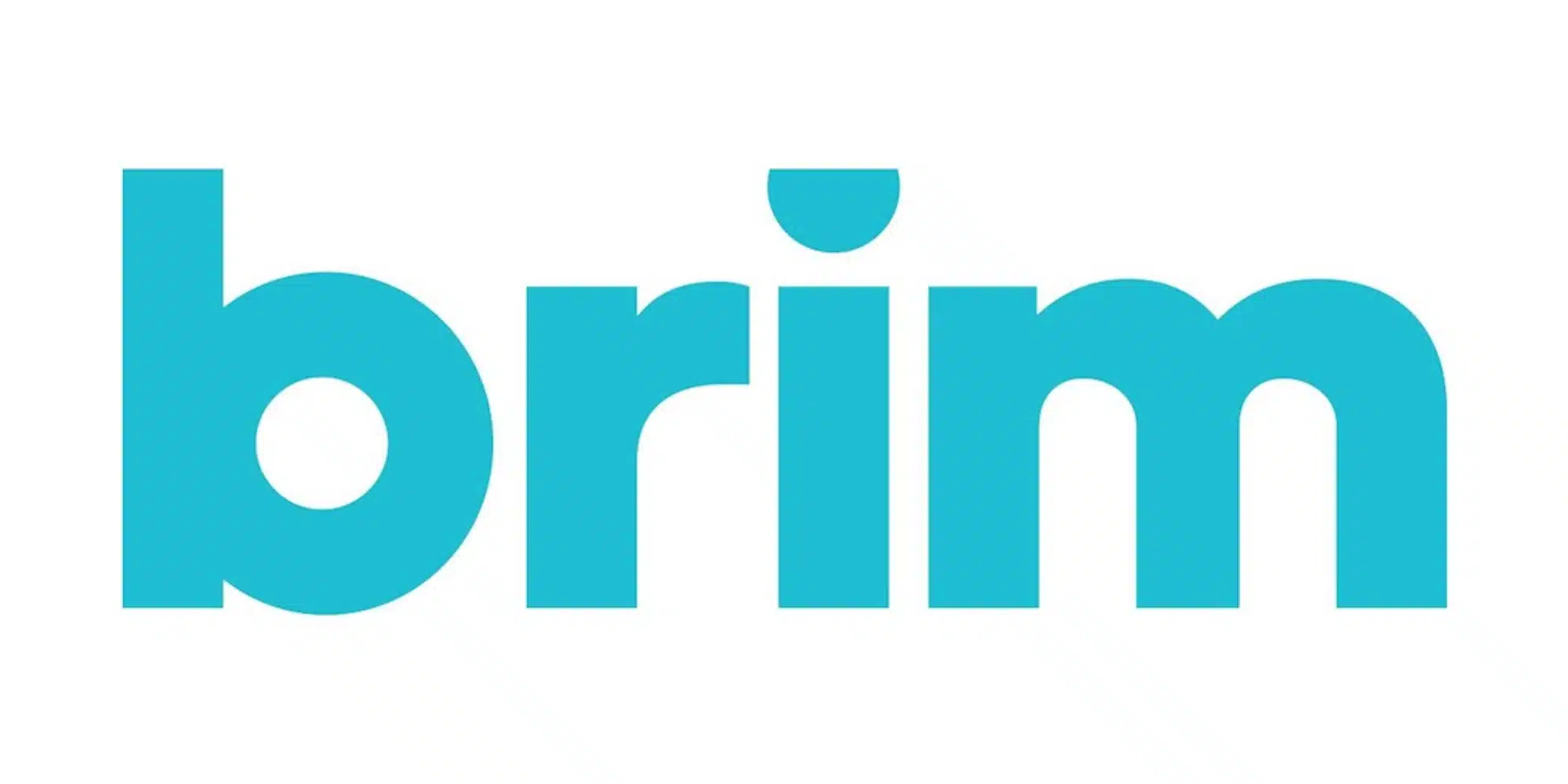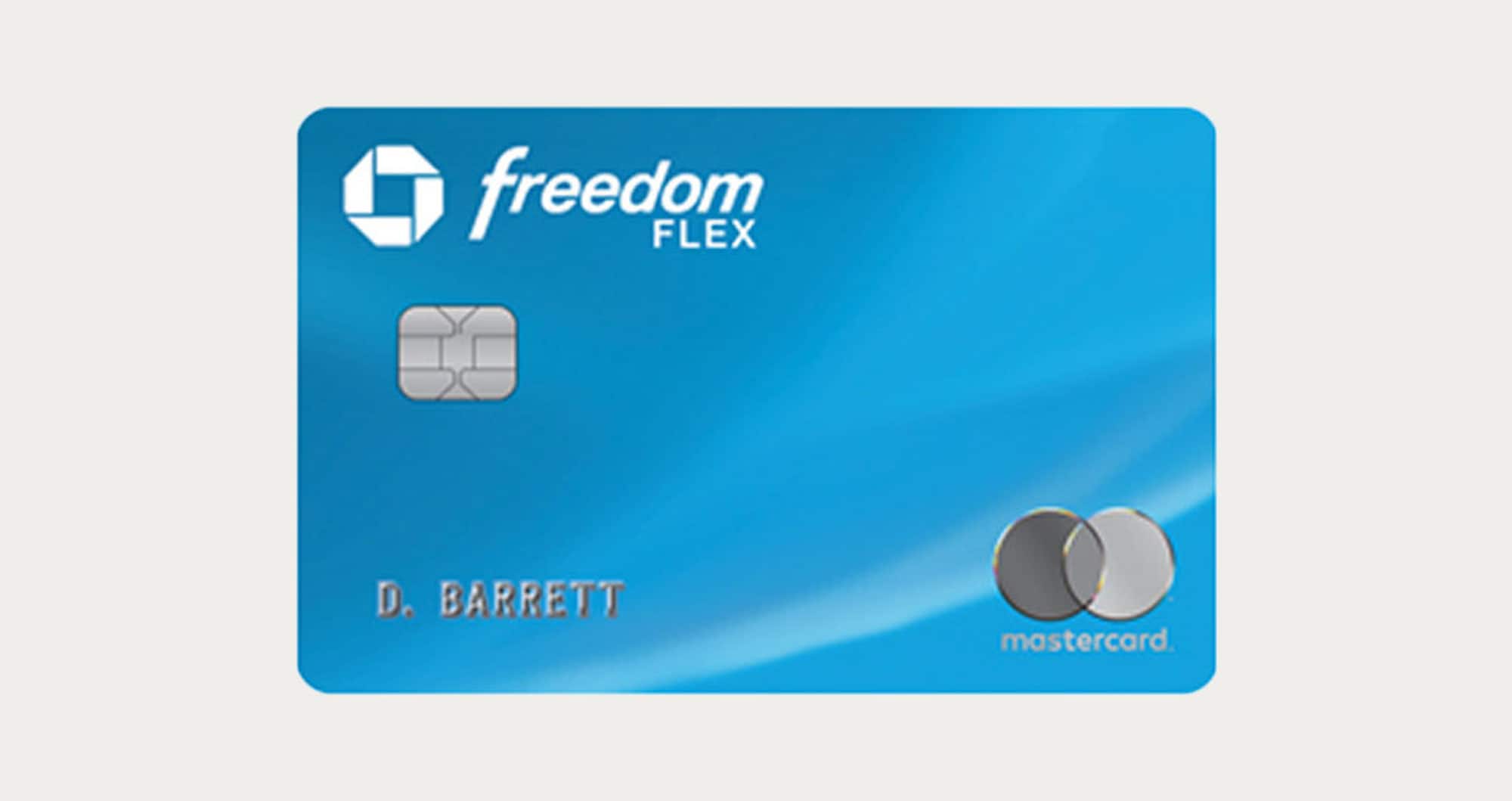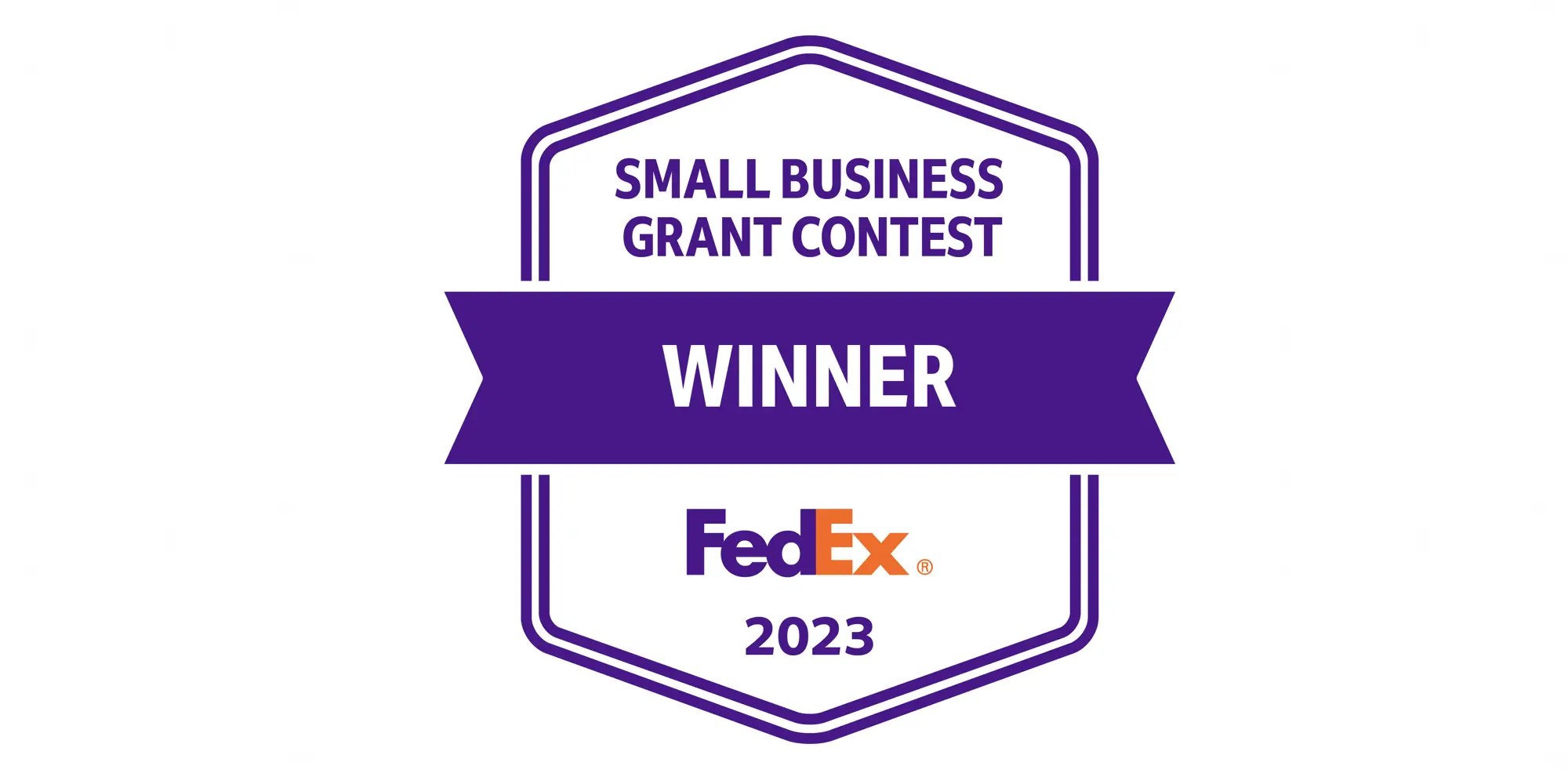
Personal Finance
Money Challenges: Pros, Cons, Examples, and Tools
If you’ve ever made an effort to start saving money, there’s a good chance that you encountered a few stumbling blocks. For one, the ever-popular “spend less, save more” goal lacks the specifics necessary to make it stick. Meanwhile, while setting aside money might feel good at first, maintaining motivation can be difficult — especially when there’s no immediate payoff in sight. That’s why many savers have turned to money challenges in recent years, allowing them to meet their money goals while having a bit of fun along the way.
What exactly are money challenges and do they really work? Let’s dive into a few popular challenges examples, take a look at the pros and cons, and highlight some digital tools that may come in handy.
What Are Money Challenges? What Are Some Examples?
What is a money challenge?

Money challenges are a way to help make saving money a bit more fun. Whether you’re participating/competing with friends or just challenging yourself, there are several “gamification” ideas you can try to help you reach your financial goals. As you’ll see, these challenges can be as simple as refraining from spending money unnecessarily or can be a bit more intricate, such as tying your savings to some other factor. In each case, the idea is to motivate you to change your money habits and push you to make better financial choices.
How can I start a money challenge?
When deciding to embark on a money challenge, the first thing you’ll want to do is set a goal. Some common financial goals include:
- Building an emergency fund
- Saving for a vacation or trip
- Saving for a large purchase
- Saving up for a down payment on a home
- Setting aside funds to start investing
Of course, these are just examples and you can use money challenges to help you reach any financial goal you may have.
When setting your goal, be sure to lay out how much you’d like to save as well as a deadline for hitting that figure. Keep in mind that you’ll want these both to be realistic, but they should also be a bit aggressive — it is a challenge, after all! It’s often helpful to write your goal down and find out a way to track your progress.
Once these elements are in place, it’s time to choose a format for your money challenge. On that note, while some challenges may work well for short-term boosts toward your goal, you may wish to mix and match different methods in the long term. For example, you may want to outline a certain amount you want to set aside in savings each week/month outside of your challenges and then experiment with various challenges on top of that.
So what types of money challenges are there? Let’s take a look at a few potential picks.
5 Money Challenge Suggestions
No Spend Challenges

Perhaps one of the easiest and most popular money challenges is what is known as “No Spend Challenges.” As the name implies, the idea here is to simply not spend money for a set period of time. You could choose to install No Spend Days into your routine, try a No Spend Week, or even have a No Spend Month!
Of course, literally spending no money for a full month is next to impossible for most people. Instead, you’ll want to set parameters as to what types of spending are excluded from your challenge. Perhaps grocery shopping is okay (within reason) while restaurant spending is a no-no. It’s really up to you — but, remember, the point of the challenge is to help you meet your goals, so no cheating.
52-Week Savings Challenge
Another well-known money challenge is the 52-Week Savings Challenge. Given that generic moniker, you might assume the idea here is just to save some money every week for a full year. While that’s technically true, it’s a bit more interesting than that.
With the traditional 52-Week Savings Challenges, you’ll save $1 your first week, $2 your second week, $3 your third week, etc. When executed to perfection, you’ll end your challenge having saved up $1,378. If that’s not enough for you, you can customize this challenge by doubling, tripling, quintupling, or whatever else-ing your contributions. For example, if you start with $5 your first week ($10 your second, $15 your third, and so on), you’d have $6,890 saved up 52 weeks later. As you can see, this snowballing savings plan can really help make a difference when it comes to reaching your goals.
The Round-Ups Challenge
When I was a kid, I remember my dad coming home from work, emptying his pockets, and depositing the change right into a plastic bank he had on his dresser. Then, once per year, we’d count out and roll the change before taking it to the bank. While this strategy worked great when cash was king, the advent of credit and debit cards has limited the effectiveness of this plan for most. However, by using various round-up tools, you can still replicate this style of money challenge.
Using tools like Acorns or those offered by your bank, you can opt into what are often called “round-ups.” The basic idea is that, when you use your card to make a purchase, the transaction is rounded up to the nearest dollar. Then, the leftover change is deposited into your savings (or, in the case of Acorns, into investments). So, if you spend $4.23 on a latte, you’d set aside 77¢. You could challenge yourself to stick with round-ups for a set amount of time or strive to reach a certain amount saved using this method in order to declare your experiment a success.
The Grocery Receipt Trick (and more)
This is one I actually first heard about from Lifehacker and think is pretty clever. As you’re surely aware, many grocery stores offer discount cards resulting in receipts that read “you saved $X.XX today.” Well, shoppers can start turning these “savings” into real savings by setting those amounts aside in an account or even a piggy bank.
While this specific trick might work well, the principle behind it can also apply to other purchases. Perhaps you make a favorite dish at home and set aside the money you would have spent on the same dish at a restaurant (plus tip!). Or, maybe you came across a good deal on Amazon and can use those savings to further your goals. Ultimately, it’s really up to you to find an implementation that makes sense and would make a good challenge based on your spending habits and lifestyle.
The “Cut Three for Three” Challenge
This is yet another Lifehacker challenge — and might actually be the most helpful on the list (in my humble opinion). The way this challenge works is that participants find three bills they’d like to reduce each month and find a way to do so. This could include canceling an unneeded service or cutting back in a certain area of spending. The challenge continues on for three months, hence the name.
Clearly this one takes on a much different format than the others, but that’s what I like about it. And, while it goes without saying, the money you save by trimming these bills can go directly into your savings to really solidify them. This is also a prime candidate for a challenge you can combine with another for accelerated results.
Do Money Challenges Really Work? The Pros and Cons
The Benefits of Money Challenges
Having a system to save

As I mentioned at the top, having a goal to “save more” simply isn’t enough. Instead, you need to have a solid plan in place to make it happen. That’s exactly what many of these money challenges offer.
Whether you’re rounding up purchases, sticking to a 52-week schedule, or trying a No Spend Month, you have a clear savings system that can help guide you. And while you might not always use this exact method for saving long-term, getting into the habit of meeting your savings goals and having different tools at your disposal can serve you well going forward. In other words, the money challenge you employ today could help you improve your personal finances long into the future.
Gamification means motivation
Another oft-cited benefit of money challenges is that they can help savers stay motivated. See, while we all know we should be saving for emergencies or for retirement, the intangibility of such things makes it difficult to keep saving when the payoff is so far away. Meanwhile, when taking on a challenge, you’re more likely to stay motivated thanks to the gamification it offers. Additionally, even though there may not be a prize at the end of the challenge (unless of course you’re saving up for a vacation or large purchase), conquering your challenge can be a great feeling, encouraging you to take on yet another challenge.
Competing with friends builds accountability
While you can always embark on money challenges by yourself, you may find that there’s even more benefit in challenging friends. Not only will this strategy provide extra incentive to do your best but also means that you’ll have someone holding you accountable along the way. If you and your friends are competitive anyway, why not use that dynamic to do some good?
The Downsides of Money Challenges
Short-lived gains
The biggest knock on money challenges and other monetary games is that they’re short-term and don’t necessarily help instill good spending habits. For example, while completing a No Spend Month can be great, you could easily reverse your progress by overspending the following month — or even “cheating” by doing all your splurging ahead of the challenge. Ultimately, it’s important to keep in mind why you’re participating in money challenges in the first place and let your large goals guide you even after your goals are met.
Failure can be demoralizing
Just as being victorious over money challenges can be motivating, falling short of your goals can have the opposite effect. After all, if you blow your 52 Week Savings Challenge on week eight, why even bother continuing? Unfortunately, that’s a mindset that affects a lot of us — but is one you must fight through. If you do fail at your money challenge, it’s much better to start again or pick up where you left off rather than letting it derail your larger progress.
Tools to Try for Your Money Challenge
Astra

With Astra, you can create a variety of custom automations. In the app, you’ll find options for setting up automated transfers that occur on a set schedule, opting into “round-ups” across multiple accounts, and much more. There’s even a built-in 52 Week Savings Challenge option like the one detailed above.
Another great thing about Astra is that it’s easy to pause your routines if you need to and the app will give you alerts before transfers occur. Plus, when you link accounts, you can view all of your balances in one place — or “hide” money from yourself using sub-accounts so you’re not tempted to spend it. All in all, Astra may just be the most adaptable money challenge app you’ll find.
Bella Loves Me
Believe it or not, Bella Loves Me is actually the name of a banking app. While it has some interesting features that emphasize giving and good karma, its inclusion on this list is thanks to one of its quirkiest options. In addition to the ability to create a savings plan based on dates, Bella also enables users to create weather-based savings rules.
That’s right, with this feature, you can first select a weather condition (snow, rain, or sunshine) and a city for the app to monitor along with an amount of money you want to transfer when those conditions are met. So, if you choose to set aside $30 in savings every time it snows in Tokyo, Bella will make that happen. In the event you set your rule to trigger when it’s sunny in Los Angeles or rainy in Seattle — or any common event — you can have this rule limited to a per-day, per-week, or per-month frequency. In any case, this Bella Loves Me feature is pretty much a money challenge unto itself and could prove to be a fun solution for some would-be savers.
Long Game Rewards
Finally, while Long Game Rewards doesn’t offer money challenges per se, its gamification of savings made me realize it needed to be included. With Long Game, you’ll earn coins for growing your savings balance and can then use those coins to play various games for a chance to win real money. These games range from slots and spin wheels to “match 3” and “flip it.”
At this time, Long Game Rewards is only available to those with accounts from two different banking partners: NBKC and Varo. What’s nice is that, under the new model, you don’t even need to transfer funds to an external account (and all of your winnings are automatically deposited into your savings). Therefore, I think this is a great tool for those looking to replace or supplement their money challenges.
So do money challenges really work? For some people, yes. However more important than the game itself is the lessons you take away from it. By combining these challenges, tricks, and methods with tried-and-true personal finance goals and habits you’ll be well on your way to truly helping your monetary life.




